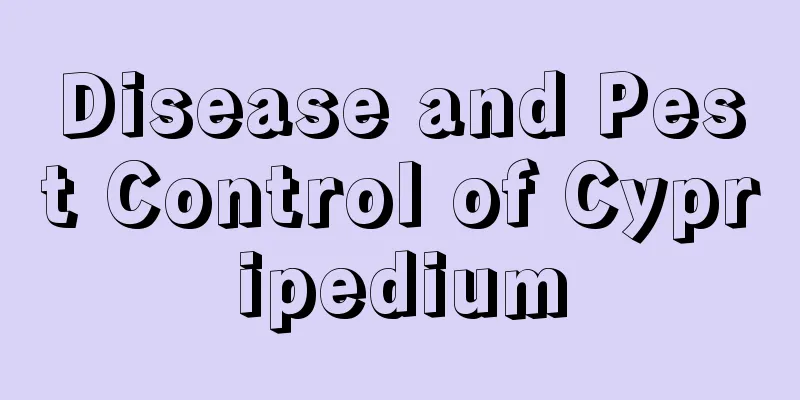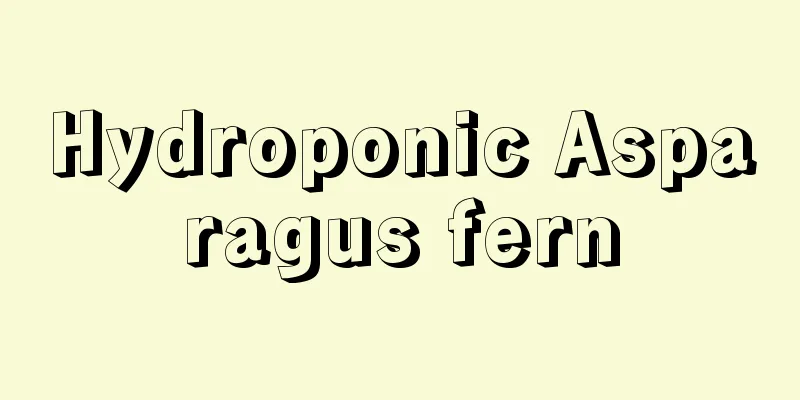Disease and Pest Control of Cypripedium

Common diseasesSheath Rust:This disease will appear on the front and back of the leaves of the Cyperus rotundus, with small raised bumps similar to blisters, containing powdery spores in orange, yellow, purple-black and rusty colors. Sheath rust will not cause the death of the Cyperus rotundus or cause its leaves to wither. It will only affect the growth rate of the Cyperus rotundus, making it increasingly weaker. Prevention and treatment methods:Observe frequently. If similar symptoms are found, cut off the diseased leaves immediately, or use Zineb or copper-containing fungicides to kill and disinfect. White rot:The disease mostly occurs during the rainy season. When the disease first starts, the leaves will show many white filamentous pathogens, which will cause the roots of the slippery orchid to slowly rot and die. Prevention and treatment methods:Replace all the soil in which the diseased Cyperus was planted. Sprinkle lime and other agents on the new soil for disinfection and prevention. In daily management, attention should be paid to ventilation and light transmission, soil drainage, and no water accumulation should occur. If the white rot is serious, burn the plants directly. To prevent future troubles. anthrax:This disease can occur throughout the year, but the probability of occurrence is higher during the rainy season in the hot summer. The disease is also contagious. The disease starts from the top of the leaves of the Cyperus rotundus and gradually spreads to the entire plant. At first, the leaves will turn brown, and as they expand, many small black spots will appear, which can cause the orchid to die to a certain extent. Prevention and control measures:You can use methyl thiophanate to spray the diseased area about once a week, and then spray Bordeaux mixture on the diseased area about once every 2 weeks. Spray continuously for about 5 times. Common pestsScale insects:This insect will appear when the temperature is too high, the humidity is too high, and the ventilation is poor, and it reproduces faster in this environment. Prevention and treatment methods:Sand blasting can be done with omethoate or malathion. |
<<: What to do if fleshy plants have mildew spots
>>: Pest control of white rhododendron
Recommend
Lettuce cultivation in the open air overwintering in Shandong
Lettuce, also known as celery , prefers a cool cl...
Succulent beheading video: The succulent was cruelly beheaded, and the pot burst after 2 months
Succulent beheading video Methods of beheading su...
The difference between Frost Dynasty and Blue Lotus
1. Different colors: Frost Morning has a thick la...
How to cultivate shrimp orchid
soil The loam should be well-drained, loose, mois...
When and how to graft a pomegranate
1. Grafting time Pomegranates are usually grafted...
Cultivation methods and precautions of red pear
1. Maintenance methods 1. Soil: Red pear is suita...
What kind of crop is yellow cake?
What kind of crop is yellow cake? Yellow cake is ...
How to care for the newly bought white palm
1. Soil You need to check the soil in the pot of ...
Blueberry Tree Growing Conditions and Characteristics
Blueberry tree growth conditions Blueberry trees ...
How often should you water green onions?
How often should you water green onions? Generall...
How to trim kumquat potted plants to look good
When is the right time to prune kumquat potted pl...
7 Flowers That Symbolize Good Luck
1. Lily Lily has the meaning of purity and innoce...
Advantages and disadvantages of quicksand rose
The plant height of the Liusha rose is about 80 c...
These 9 kinds of flowers can be grown into curtains when placed indoors. They are much more beautiful than green ivy and spider plants!
Clematis Clematis blooms in summer, and its flowe...
Chrysanthemum propagation method, is the propagation survival rate high?
1. Planting In autumn from October to December, c...









